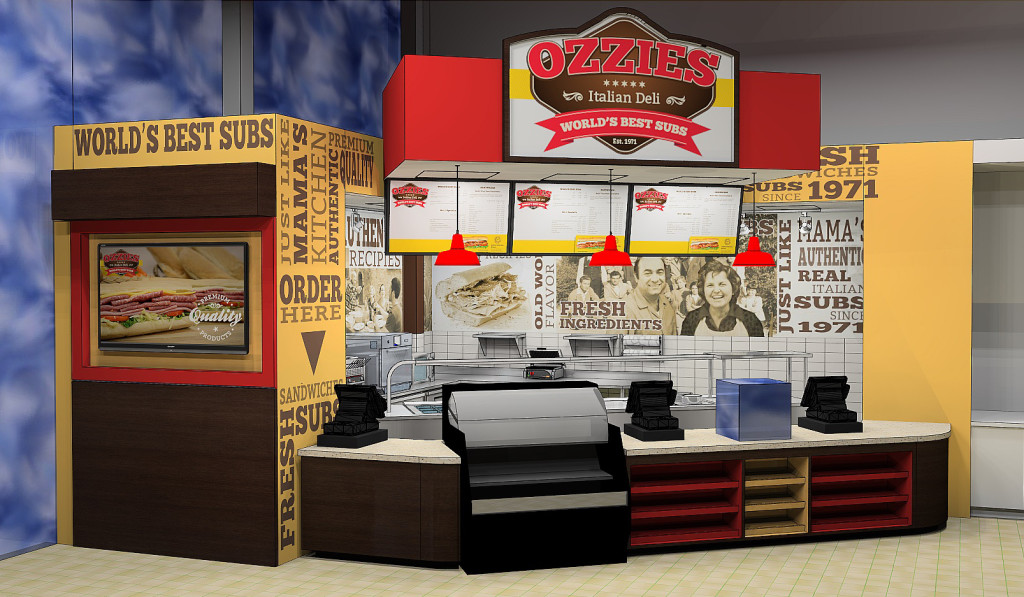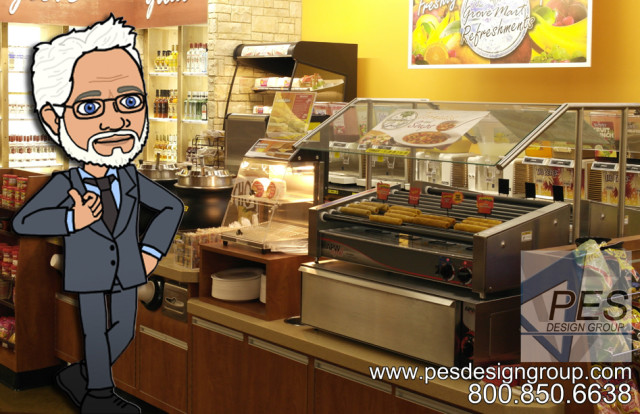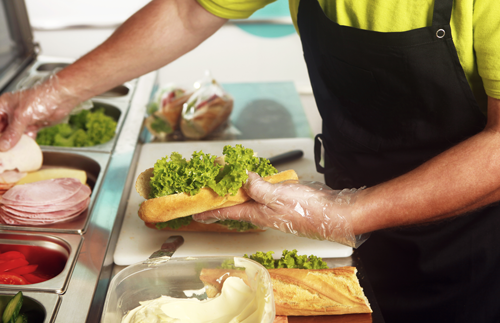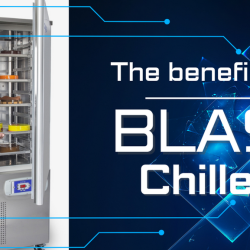The right c-store foodservice equipment can elevate sales and increase your bottom line.
Congratulations, you’re jumping into the culinary game and outfitting your convenience store with a kitchen. Sure, space is tight, and your budget may be even tighter, but don’t let that stop you from offering fresh, delicious and profitable food. All it takes is a good plan. As a consultant to both the c-store and foodservice industries, we deal with small kitchen planning all the time. I can assure you that solutions for making the most of small footprints are plentiful.

1. THE EQUIPMENT CONUNDRUM: First, define your menu. Do you plan to make food to order or batch cook ahead of time to hold in a warmer? What daypart holds the most profit potential for your location? Will you serve pizzas or sandwiches? Are you thinking of frying snacks or chicken? What’s your labor model? Your needs will be dictated by the compromise between wants and space limitations.
When I walk into a potential kitchen, I look for a pre-existing hood system, which removes grease-laden vapors, and gas lines. These components are expensive to install from scratch, but they empower you to cook with gas ranges, griddles and ovens, as well as open fryers. Depending on space, I’d immediately consider adding a gas range, griddle, convection oven and/or fryer, which will allow you to prep nearly any dish.
No hood? No problem. Shift gears, and think ventless. These electric cooking machines use filters, catalytic converters and other technology to capture and convert grease-laden vapors into harmless CO2 and water, so they generally don’t need to be under a hood — your local fire inspector will have the final say. Ventless ovens and fryers come in a range of sizes and price points, but none are inexpensive, so choose wisely.
Depending on the codes in a particular jurisdiction, a rapid-cook oven is one ventless option. It uses different types of heat — convection, hot air jets, radiant and/or microwaves — simultaneously to cook food up to 15-times faster than traditional ovens. This makes them ideal for short-order dishes like hot sandwiches and personal pizzas. Recipes can be preprogrammed and selected on a one-touch screen. The tradeoff is these units are pricey and have small oven cavities, so batch cooking is usually not an option. But they are versatile, and a company’s sales representative or chef can help you get the most out of your machine.
For a cheaper route, select countertop convection ovens. They won’t provide the blistering speed of rapid-cook ovens, but are roomier inside — and lighter, which might matter depending on where your oven will live. A panini press is an affordable way to add variety and value to your menu with pressed sandwiches, quesadillas and so on.
Ventless fryers open up a world of made-to-order fried snacks and sides, such as wings, french fries and cheese balls. Before purchasing, consider whether you need to load and drop from the front or sides given your space. A fully-automated option saves labor but costs more.
Finally, ventless conveyor-style ovens are ideal for pizzas but can prepare almost any dish you can make in a rapid-cook oven. They move food past heating elements or hot air jets using a conveyor belt. Determine the width of the conveyor belt and height of the oven cavity in the model before making a purchase, as this will limit the size of dishes you can prepare. These ovens can usually be stacked, doubling your cooking capacity in a small footprint.
2. INGREDIENT STORAGE: The second thing I look for in a kitchen is storage — specifically, refrigeration. You need cold and dry storage sufficient to hold enough fresh, frozen and dry ingredients to execute your menu between deliveries. Calculate the volume those ingredients will occupy, and plan accordingly. A small walk-in freezer and cooler are ideal, but upright reach-in units or chest freezers can do the trick, if you get deliveries frequently. Metro shelving on casters works for pantry items. Consider leveraging the beverage cooler for ingredients.
3. STAFFING: The third consideration is staffing of the foodservice space. How many people will it take to run the operation? Run the numbers. Does the potential profits justify the additional employees and payroll? With a well designed and efficient foodservice operation the answer to that question is typically “Yes.” Hire qualified people that will maximize production and minimize inefficiency.
4. DESIGN OF THE SPACE: This is where we come in. Adding kitchen space is more than finding space, adding equipment and cooking up a storm. The process must include good design. In the typical c-store, space is at a premium. A good design consultant will help you maximize that space with an efficient design that will provide adequate ingredient storage, maximize production and create an efficient flow that will reduce staff requirements.
With a well-selected line of c-store foodservice equipment, planning and design, even the smallest kitchen can create a robust revenue stream for your business.

Information in this article adapted from CSD “Finding Space for a Profitable Kitchen”, May 7, 2019, CSD Staff
At PES Design Group, we are specialists in Restaurant, Food Service and C-store design and have a staff of knowledgeable consultants with over 25 years of experience in planning innovative, attractive, efficient and profitable C-store facilities. We will use our years of experience to design innovation and uniqueness into your project helping you to set yourself apart from the rest. We can provide you with a remodel design that will help you achieve a greater positive customer experience, top your competition and increase profits!
Don’t take our word for it! Visit our portfolio page at portfolio.pesdesigngroup.com for a list and photos of projects our consultants have done during their 25+ years in the C-store Design Industry as well as testimonials from very satisfied clients.
About the Consultant

Call us today for a FREE consultation about your project! 800.850.6638
Follow Jim Sr on Linkedin



